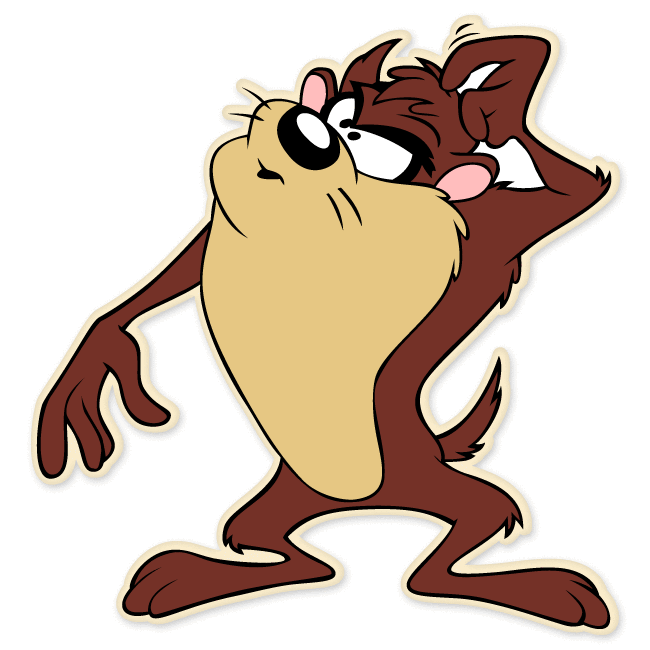Pattaya Story
-
Recently Browsing 0 members
- No registered users viewing this page.
-
Topics
-
Popular Contributors
-
Latest posts...
-
108
Things that annoy you in Thailand
I was once told by Israeli in India that after Israeli military service the best and brightest go to visit and possibly emigrate to US. The next batch to Europe and SA mostly on holiday ... the working class and scrum go to India and Thailand to party and smoke weed. Thailand has had huge problems with this lot as long as I can remember. India as well. I'd had numerous run ins with them when I was backpacking many years ago. -
20
Beating children
I got beatings from my father and teachers. Never did me any good. I'm still lazy. Some not as lucky. -
220
Report Thailand Sees a Surge in COVID-19 Cases: Concerns for Public Health
This is another sample of how sciencie is saving lives. https://www.preprints.org/manuscript/202504.2487/v1#preprints-h2-6 We conclude that during the study period, SC rates in the Czech Republic for all women vaccinated against COVID-19 before SC were substantially lower than for those who were unvaccinated before SC. These hypothesis-generating and preliminary results call for further studies of the influence of COVID-19 vaccination on human fecundability and fertility. -
18
Tourism Cambodia Outshines Thailand in Race for Chinese Tourists
Everyone is so eager to criticize Thailand, that they did not look at the tourism data and are missing the big picture. Cambodia has historically done well in the first quarter, and then tails off during the year. Cambodia is not outshining anyone. The data speaks for itself; 2024 Chinese visitors Cambodia 850, 000 v. Thailand 6,200,000 (6.73 million according to some Chinese sources ( https://english.news.cn/20250209/d7431a710b2a4ef28f2a798b16fcbd39/c.html) Yes, the 2025 numbers are down for Thailand. Yes, more Chinese visitors are going to Cambodia. BUT, but the increase is nothing to celebrate or to get excited about. Hun Dany, a secretary of state and spokeswoman for the Ministry of Tourism, said Cambodia is expected to attract more than 1 million Chinese tourists in 2025. Yes, it is a large increase for Cambodia, but it it is still a small number. https://en.people.cn/n3/2025/0408/c90000-20299026.html#:~:text=Cambodia is expected to attract,year increase of 55 percent. The Chinese are not traveling as much as they used to. And the Chinese who do travel are looking for a different experience. The hot destinations are Japan, South Korea and Europe. Europe is like visiting 4 destinations at once, Africa, SE Asia, the Middle East and old Europe. The loss of revenue will be collected from other visitors. What good work? The Chinese are not swarming Cambodia. How do you propose replacing the revenue and and will you take care of the workers who depend on the Chinese tourists? -
47
Giving the lonely false hope
What do you suggest for someone like Harold To join the Pattaya expats club ? Then what -
20
Will my son be fined?
The OP already stated that he is going to Rayong immigration. He is looking for a heads up on what to expect.
-
-
Popular in The Pub
-








Recommended Posts
Create an account or sign in to comment
You need to be a member in order to leave a comment
Create an account
Sign up for a new account in our community. It's easy!
Register a new accountSign in
Already have an account? Sign in here.
Sign In Now